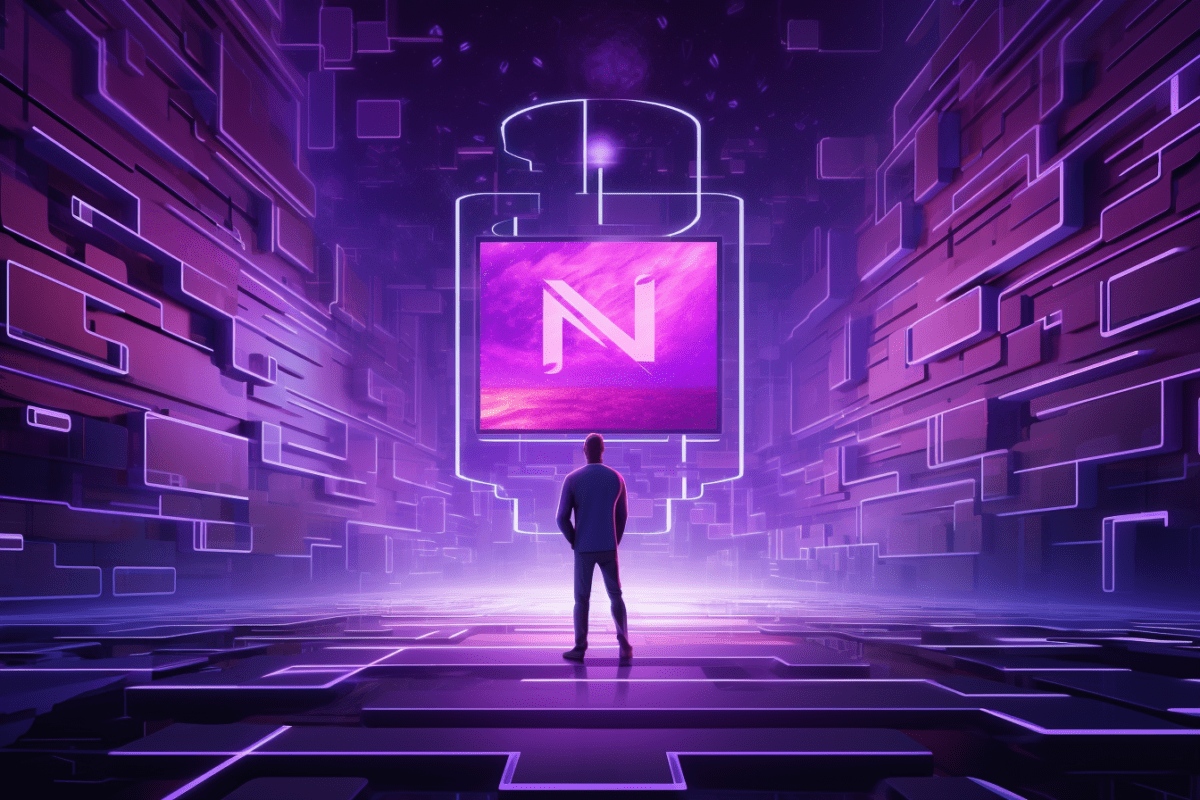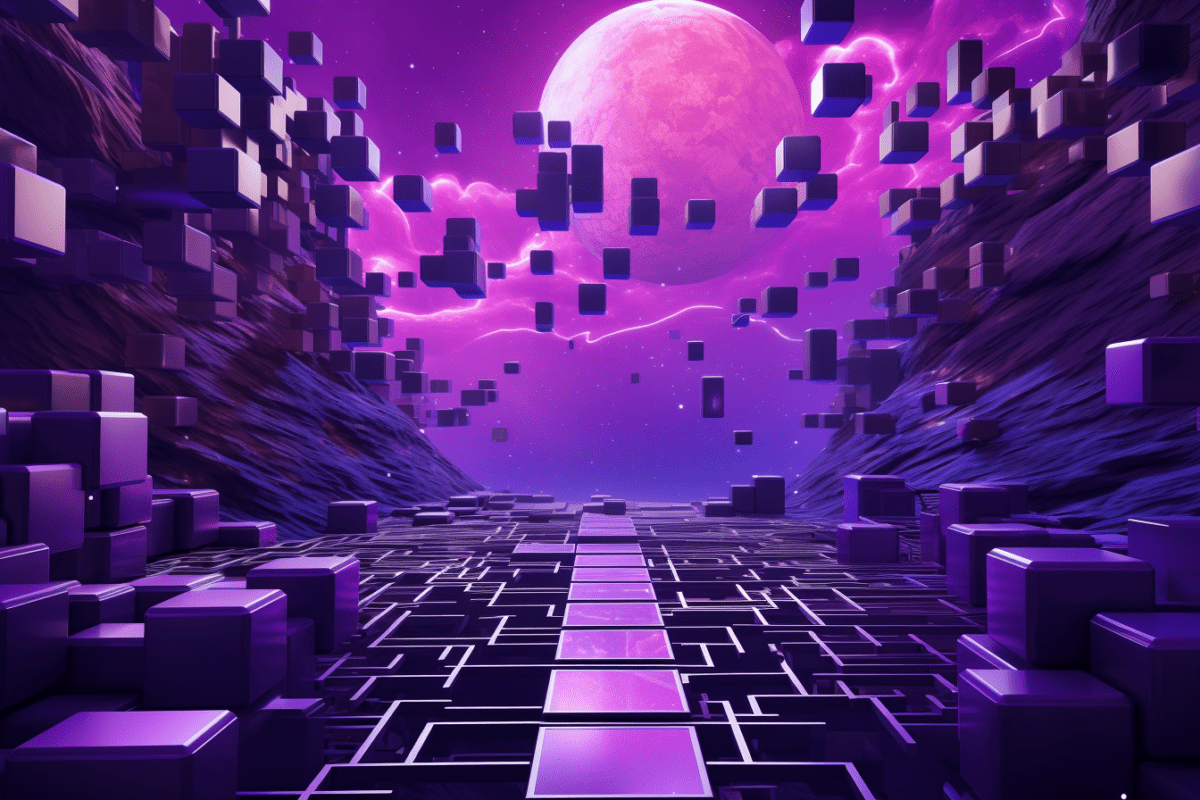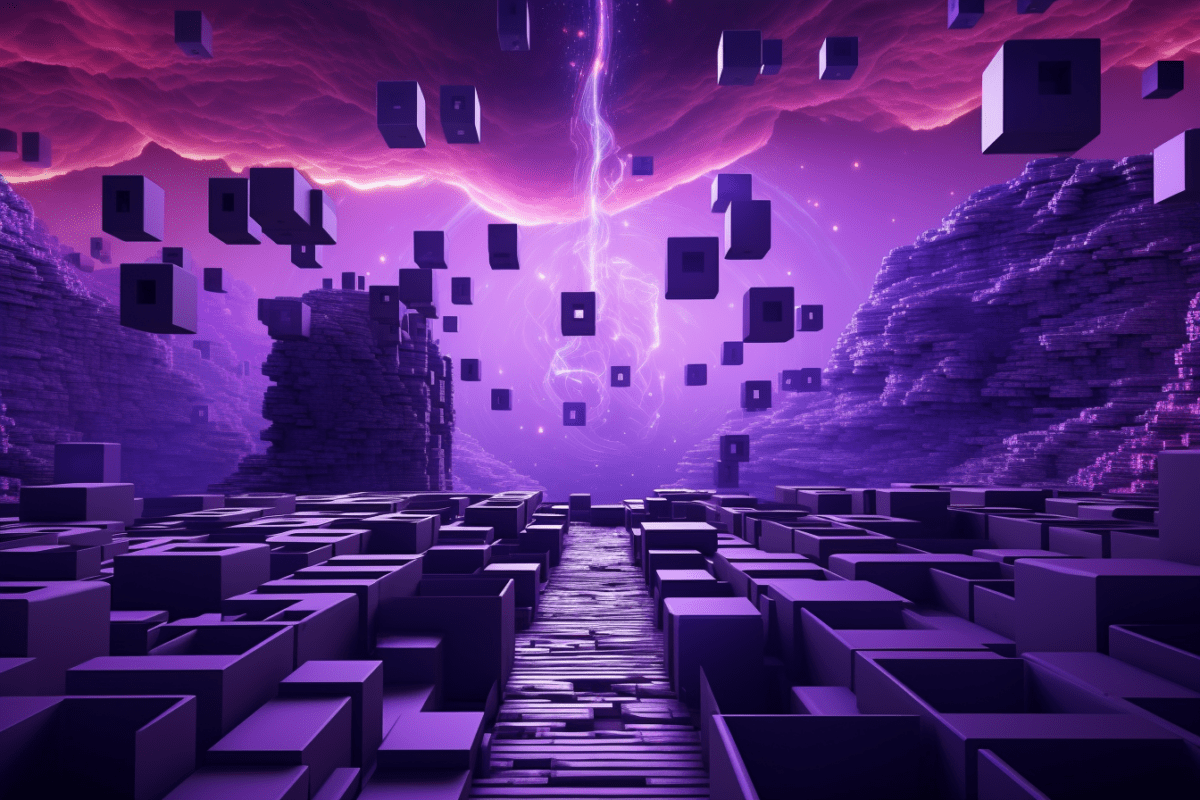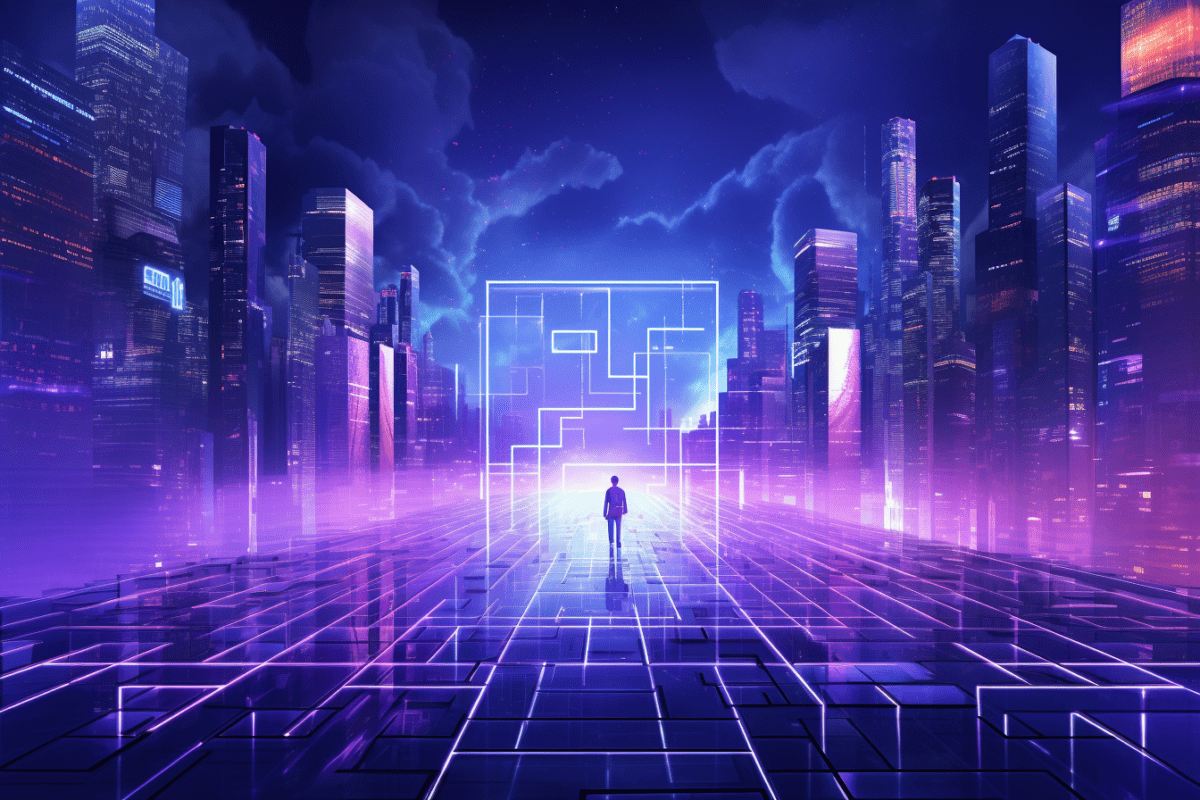Technological advances have driven a revolutionary transformation of the digital world. NFTs and 3D rendering have emerged as two innovative forces that are reshaping the future of digital art and ownership.
By leveraging visual illustration techniques, artists can now create appealing and lifelike virtual artworks that go beyond the constraints of innovation and creativity. Because of this, the integration of NFTs and 3D rendering has opened up new possibilities, enabling collectors to acquire unique digital artworks while also giving artists more control over their creations and revenue streams.
NFT Rendering: Understanding Fundamentals
Table of Contents
NFT rendering unites the fundamental concepts of NFTs and 3D rendering methods. The key concepts behind NFT rendering are clearly discussed as follows:

- Non-Fungible Tokens (NFTs)
NFTs are exclusive digital assets that cannot be divided up or imitated. They are created using blockchain technology, which gives users access to authentic and decentralized digital assets. Unlike other cryptocurrencies, NFTs represent unique products with distinctive qualities, such as digital artwork, music, films, virtual properties, collectibles, and more.
- 3D Rendering
By utilizing computer software and techniques, three-dimensional rendering creates a 2D image or animation from 3D virtual scenes or objects. In order to create realistic and lifelike visual representations of the 3D models, the virtual rendering process replicates how light interacts with digital objects, surfaces, and materials.
Convergence of NFTs and 3D Rendering
The idea behind owning and exchanging NFTs and other digital assets has revolutionized due to the intersection of NFTs and 3D rendering in digital art. By tokenizing 3D generated artworks, artists can offer collectors access to exclusive digital artworks.

By offering artists a safe, transparent, and decentralized platform to display and make money from their digital art, NFT rendering revolutionizes the digital art industry. Additionally, the process enables collectors to buy and invest in unique and limited-edition 3D masterpieces.
Benefits of NFT Renderings
NFT rendering has a number of advantages for artists, collectors, and the entire art community. The following are the main advantages brought about by the convergence of NFTs and 3D renderings:

- Unique Ownership
Due to the fact that each NFT is unique and cannot be duplicated, NFT rendering gives the collector a digital ownership of unique assets. The value of the artwork is increased due to exclusivity, which also gives collectors a sense of ownership and authenticity.
- Artist Revenue and Royalties
NFT rendering gives artists the ability to generate revenue directly from their digital works. When their creations are sold in the virtual market, artists can get a percentage of the traded amount through smart contracts.
- Exposure and Recognition
Collectors, investors, and enthusiasts give NFT-rendered artworks a lot of attention due to their exclusivity. This enhanced exposure provides better recognition and employment opportunities for artists in the digital art community.
- Global Accessibility
NFT rendering makes digital artworks available to collectors from all over the world. Blockchain technology eliminates regional restrictions, enabling a diverse and international art community to access NFTs and other collectibles.
- Preservation of Digital Art
By offering a safe and decentralized mechanism of storing and selling art masterpieces, NFT rendering helps in the preservation of digital art. This makes sure that the digital artwork is always available and safe from theft or damage.
Future Scope of 3D Renderings in Digital Art
Three-dimensional representations have transformed the way artists develop and exhibit their work. Following are some of the main functions of 3D renderings in digital art community:

- Graphics and Animation
By manipulating virtual characters and objects in a 3D environment, artists can use the 3D rendering process to produce animations and motion graphics. In the entertainment sector, this is frequently used for video games, motion pictures, and animated films.
- Special Effects
3D representations are used in visual effects and film industry to provide breathtaking effects that are impossible to create. This involves creating realistic creatures, environments, and explosive scenarios.
- Visualization for Educational Purposes
Scientific visualization also makes use of 3D renderings to make complex data, models, and processes more approachable and interesting for educational training and purposes.
- Product Designing
3D renderings are used in industrial design to create lifelike prototypes and present things before they are actually produced. This helps organizations in marketing and communicating with different stakeholders.
- Gamification and Media Development
The realistic graphics of video games and special effects in movies are made possible by 3D renderings. As a result, visual renderings contribute to the immersive quality of different media types and improve the overall visual quality.
Final Words
The realms of blockchain technology and digital art have been completely transformed by the convergence of NFTs and 3D rendering. This integration provides an effective synergy that will influence how people perceive, create, and exchange digital art in the future. As technological resources continue to progress, the significance of NFT rendering in the digital era will further solidify towards a more immersive, inclusive, and transparent art world.
Note: Created with mid-journey

